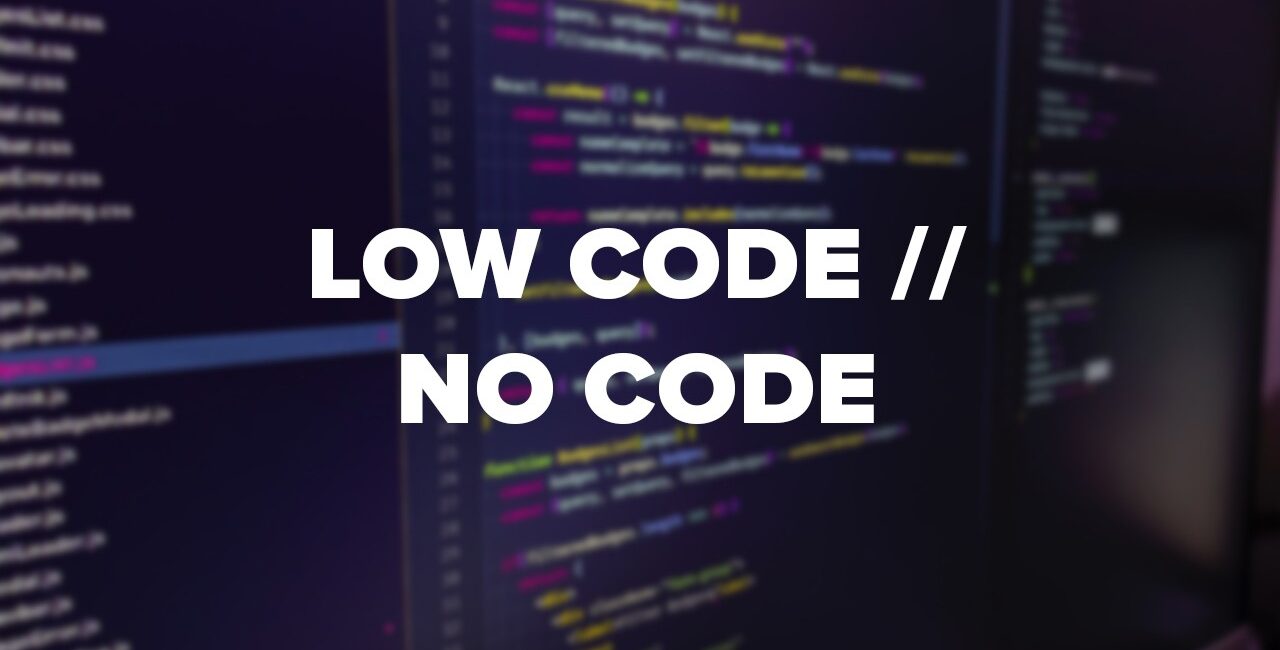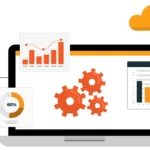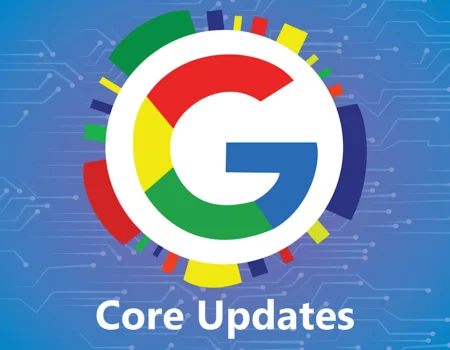In 2025, no-code and low-code platforms have matured from niche productivity tools into mainstream solutions that are redefining the roles of designers, developers, and digital creators. These platforms empower non-technical users to build sophisticated digital experiences with minimal coding, while offering designers greater control over the implementation of their ideas. As the boundaries between design, development, and product ownership blur, it’s essential for designers to understand how these tools are changing the creative landscape.
1. Designers Are Becoming Builders
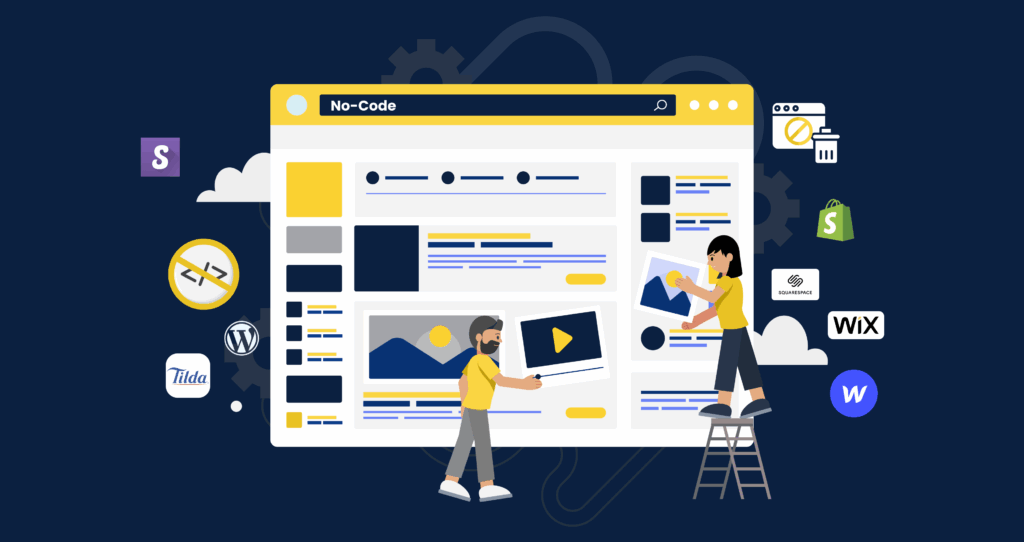
One of the biggest shifts in 2025 is the increasing overlap between design and development. No-code and low-code platforms allow designers to take their work beyond prototyping—into production-ready outputs. Tools like Webflow, Framer, Bubble, and Glide have become more powerful, offering logic, databases, and backend integration, all with visual interfaces.
Designers no longer need to rely exclusively on developers to bring their visions to life. With drag-and-drop interfaces, component libraries, and CMS support, they can now own entire user flows—from layout and animation to interactivity and responsiveness.
What this means:
- Designers need to understand data structure, app logic, and deployment workflows.
- Proficiency with platforms like Webflow or Framer is becoming as valuable as mastery of Figma or Sketch.
- Visual development is part of the new design literacy.
2. Faster Prototyping, Quicker Iteration
Speed is a defining advantage of no-code and low-code tools. Instead of handing off designs to developers and waiting weeks for implementation, designers can test and iterate in near real-time. Whether it’s building a landing page, user dashboard, or interactive onboarding flow, changes can be made instantly, reducing time-to-market dramatically.
This responsiveness empowers product teams to prototype ideas with real data, gather user feedback early, and pivot without technical delays. It’s also transforming how MVPs and pilot products are launched—what once required weeks of engineering now takes days.
What this means:
- Designers should learn to build and test interactive flows independently.
- Rapid validation is now a core design skill.
- Stakeholders increasingly expect real, functional prototypes over static mockups.
3. The Rise of Design-First Platforms

Platforms are becoming increasingly design-centric. Rather than adapting rigid templates, today’s tools allow granular control over every pixel, animation, and transition. Tools like Framer and Webflow prioritize designer freedom while adding support for responsive logic, conditional rendering, and native integrations.
This design-first philosophy enables experiences that don’t just work—they feel intentional, branded, and polished. As the lines between UI design and front-end development fade, visual quality and performance both become achievable without code.
What this means:
- Designers should maintain a deep understanding of layout systems (like flexbox and grid) even in visual tools.
- Typography, motion design, and responsiveness are no longer handoff items—they’re designer responsibilities.
- Understanding platform limitations and strengths is critical to pushing creative boundaries.
4. Collaboration Between Designers and Developers is Shifting
Low-code doesn’t eliminate the need for developers—but it changes how they collaborate with designers. Instead of handling UI implementation, developers can focus on core architecture, backend logic, and API management. Designers, meanwhile, take more ownership of the front-end.
This redistribution of roles allows for leaner teams, clearer workflows, and faster launches. The ability for designers to directly influence the final product leads to fewer miscommunications and tighter alignment between intent and execution.
What this means:
- Design teams should foster shared vocabularies with developers (components, APIs, states).
- Designers should be comfortable collaborating on version control, documentation, and performance testing.
- Developers become technical enablers, not blockers.
5. AI-Powered Assistance is Embedded in No-Code Tools
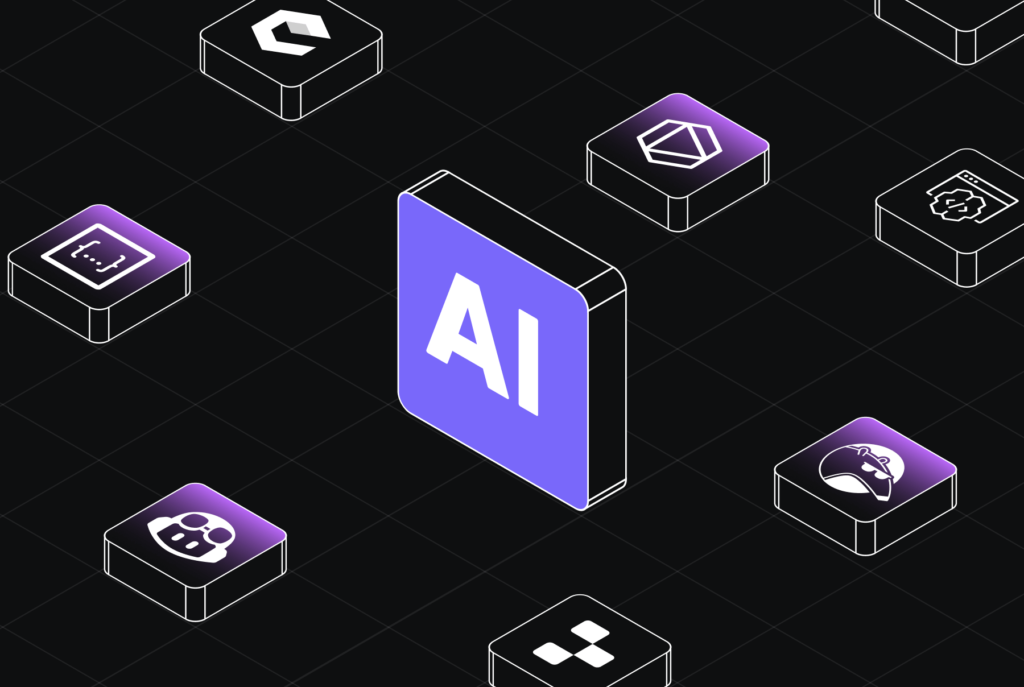
AI is now a native feature in most modern no-code platforms. From layout generation based on text prompts to automated responsiveness and content recommendations, AI is reducing friction in the creation process. Designers can describe what they want in natural language and receive a working UI scaffold to refine.
More than just speeding things up, AI is becoming a creative partner—suggesting UI patterns, improving accessibility, and optimizing flows for conversion or engagement.
What this means:
- Designers need to learn prompt engineering to get the most out of AI helpers.
- Creativity now involves both crafting and curating AI-generated outputs.
- Human oversight is still crucial to ensure originality, inclusivity, and ethical design.
6. The Democratization of Design and Development
The most profound change is the widening access to digital creation. Entrepreneurs, marketers, educators, and small businesses can now build apps and websites without writing code. This democratization means designers aren’t just working with developers—they’re working alongside a broader range of collaborators with new ideas and expectations.
Designers play a critical role in guiding these creators, applying design thinking to ensure usability, accessibility, and brand coherence across self-built products.
What this means:
- Designers must become educators and collaborators, not gatekeepers.
- Design systems and templates should be built for flexibility and ease-of-use.
- Empathy extends beyond end users to teammates using no-code tools.
7. Limitations and Trade-Offs Still Exist
While no-code tools are incredibly powerful, they’re not a universal solution. Custom logic, deep integrations, complex databases, or performance-intensive applications may still require traditional development. Additionally, dependency on third-party platforms introduces risks around scalability, ownership, and vendor lock-in.
Designers must understand when no-code is the right tool—and when to escalate to engineering support. A hybrid approach is often the most practical: using no-code for speed, but integrating it into a broader, scalable tech stack.
What this means:
- Choose tools strategically based on project scope and scale.
- Consider long-term maintenance, data ownership, and custom needs.
- Stay in close alignment with technical teams to ensure seamless handoffs and scalability.
Final Thoughts
No-code and low-code platforms in 2025 have changed the game for designers. They offer unprecedented speed, freedom, and agency—but also demand new skills, new mindsets, and a more holistic approach to digital creation. The best designers today are not just visual thinkers—they’re builders, collaborators, and systems designers navigating a hybrid creative landscape.
The future of design is not less technical—it’s more empowered. For those who embrace these tools with curiosity and discipline, the opportunities are limitless.

